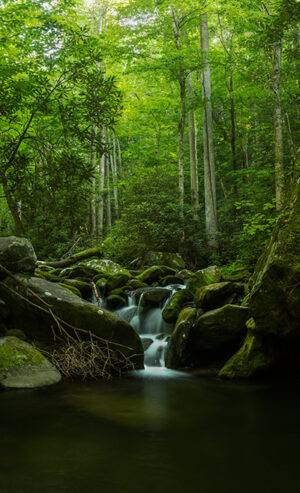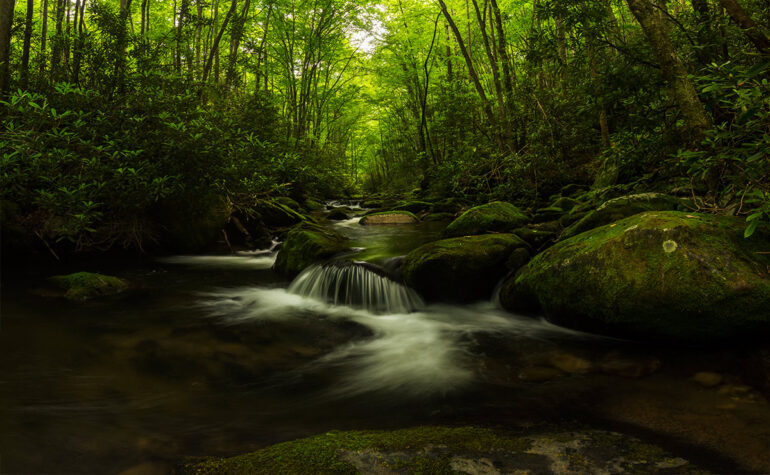We may earn a commission when you purchase through affiliate links. Learn more.
America’s National Park Service turned 100 in 2016, marking a century of protecting some of the most spectacular landscapes on Earth. Virtually no other country on the planet contains such a wide array of natural diversity with climates and scenery that range from icy, snow covered mountain peaks and glaciers to temperate rain forests, vast deserts filled with prickly cactus, vibrant coral reefs teeming with marine life and white sand beaches, towering ancient old growth forests, cascading waterfalls, colorful badlands, and tropical wetlands.
While most are familiar with at least some of the 63 National Parks like Grand Canyon National Park and Yellowstone National Park, the National Park Service administers an additional 367 areas with various designations like National Seashore and National Monument. With an area of protected land greater than the size of Italy, the National Park System is as vast and diverse as the United States itself!

For photographers, America’s National Parks offer unparalleled opportunities that can’t be found anywhere else in the world. Even though America’s National Parks counted more than 325 million visits in 2023, solitude and unspoiled scenery still abound, with thousands of miles of trails (more than 21,000 miles to be exact) to explore.
I was lucky to be raised in a household that valued the importance of outdoor adventure and began my photography journey in the National Parks more than two decades ago, criss-crossing the country on road trips and camping out in the parks, snapping away with my trusty Yashica T3 and Rollei B35 cameras, burning through rolls of film filled with photos of questionable quality. I’ll always remember the summer I turned 14 and shot 27 rolls of film in the great parks of the west like White Sands, Grand Canyon, Petrified Forest, and Yosemite. Those 27 rolls of 35mm film may not have contained any masterpieces, but they solidified a passion for photography and exploration that evolved into an eventual career, helped along by the parallel evolution of digital photography.
It’s at places like these, deep within America’s National Parks that you realize the importance of the wilderness and the necessity of experiencing and protecting these places for generations to come.
I recently ventured into one of America’s most popular parks, Great Smoky Mountains National Park, straddling the border of North Carolina and Tennessee. Although more than nine million visitors travel to this park each year, I was able to find peace and solace in the tranquil forests and along the clear brooks and streams that meander through the mountains. Every direction that I pointed my camera in seemed more spectacular than the last, with each square meter seemingly competing with the next to be the lushest, greenest, most resplendent in the park.
 In Great Smoky Mountains National Park, waterfalls abound, seemingly as common a sight as alligators are in Everglades National Park. With my last visit to the park taking place during the dead of winter, I was looking forward to capturing a handful of shots of some of the park’s spectacular waterfalls surrounded by the verdant greenery of early summer. I came away with more photos of waterfalls than I know what to do with, enough to fill a dozen walls and illustrate as many photography articles. (Speaking of, be sure to check out this tutorial on waterfall photography)
In Great Smoky Mountains National Park, waterfalls abound, seemingly as common a sight as alligators are in Everglades National Park. With my last visit to the park taking place during the dead of winter, I was looking forward to capturing a handful of shots of some of the park’s spectacular waterfalls surrounded by the verdant greenery of early summer. I came away with more photos of waterfalls than I know what to do with, enough to fill a dozen walls and illustrate as many photography articles. (Speaking of, be sure to check out this tutorial on waterfall photography)
I hiked up Fodderstack Mountain and into the backcountry to campsite 18, along the banks of the rushing West Prong of the Little River. I’m not sure I’ve experienced anything as quintessentially idyllic and peaceful as wading barefoot into an icy mountain stream to shoot long exposures of the water cascading around rocks and boulders smoothed by the centuries. As the dappled evening light filtering through an impossibly green forest canopy begins to dim, the sounds of nature wrap you up as fireflies blink on and off in a magical display. It’s at places like these, deep within America’s National Parks that you realize the importance of the wilderness and the necessity of experiencing and protecting these places for generations to come.

